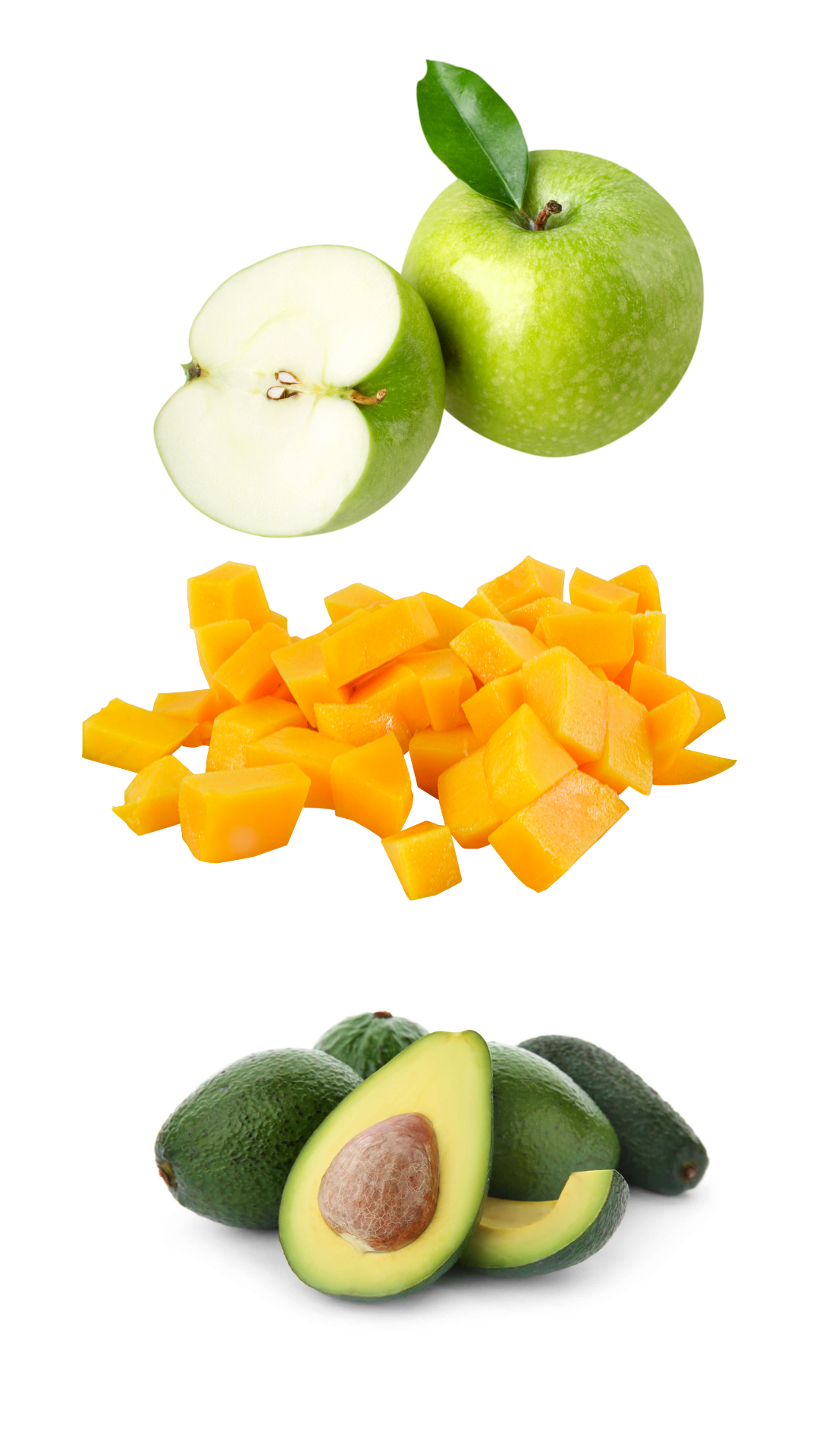TZSoya Part 8. Policy Pathways: Recommendations for Enhancing Soya Production
Soya (soybean) production in Tanzania has the potential to significantly boost the country’s agricultural sector, enhance food security, and improve livelihoods for smallholder farmers. However, realizing this potential requires targeted policy interventions that address the key challenges identified in the Tanzania Sustainable Soybean Initiative (TSSI) Baseline Report. This article provides comprehensive policy recommendations to enhance soya productivity, profitability, and sustainability in Tanzania.
Enhancing Market Transparency and Access
- Establish Market Information Systems:
- Objective: Improve price transparency and market reliability for soya farmers.
- Action: Develop robust market information systems that provide real-time data on prices, demand trends, and potential buyers. These systems can be implemented through digital platforms accessible via mobile phones.
- Impact: Enhanced bargaining power for farmers, reduced influence of middlemen, and more stable incomes.
- Strengthen Farmer Cooperatives:
- Objective: Improve market access and negotiation power.
- Action: Encourage the formation and strengthening of farmer cooperatives. Provide training on cooperative management, collective marketing, and resource pooling.
- Impact: Increased market opportunities, better prices for produce, and reduced transaction costs.
Improving Seed Quality and Availability
- Facilitate Seed Multiplication and Certification:
- Objective: Ensure the availability of high-quality, certified seeds.
- Action: Invest in seed multiplication programs and establish certification processes to guarantee seed quality. Promote partnerships with private seed companies to scale up production and distribution.
- Impact: Higher yields, improved crop quality, and increased farmer confidence in seed performance.
- Develop Efficient Seed Distribution Networks:
- Objective: Enhance farmers’ access to improved seed varieties.
- Action: Create efficient distribution channels that ensure timely delivery of seeds to farmers, especially in remote areas. Leverage agro-dealer networks and public-private partnerships for distribution.
- Impact: Increased adoption of high-quality seeds, leading to improved productivity and profitability.
Promoting Climate-Smart Agriculture
- Develop and Promote Drought-Tolerant Varieties:
- Objective: Enhance resilience to climate variability.
- Action: Invest in research and development to breed drought-tolerant and pest-resistant soya varieties. Promote the adoption of these varieties through extension services and demonstration plots.
- Impact: Reduced vulnerability to climate change, stabilized yields, and enhanced food security.
- Implement Climate-Smart Agricultural Practices:
- Objective: Improve sustainability and productivity of soya farming.
- Action: Train farmers on conservation tillage, crop rotation, integrated pest management, and efficient water use. Use extension services and digital tools to disseminate knowledge and best practices.
- Impact: Enhanced soil health, reduced environmental impact, and sustained agricultural productivity.
Strengthening Extension Services
- Expand and Improve Extension Services:
- Objective: Provide farmers with the knowledge and skills needed to improve productivity.
- Action: Recruit and train more extension agents to ensure wider coverage. Use mobile applications and digital platforms to provide real-time information and support to farmers.
- Impact: Improved adoption of best practices, increased yields, and better farm management.
- Leverage Digital Tools for Extension:
- Objective: Enhance the reach and effectiveness of extension services.
- Action: Develop and deploy mobile apps and online platforms that offer training modules, weather updates, pest alerts, and market information. Collaborate with telecom companies to ensure accessibility.
- Impact: Timely information dissemination, improved decision-making, and enhanced farmer productivity.
Increasing Access to Financial Services
- Develop Tailored Financial Products:
- Objective: Provide financial support to smallholder farmers.
- Action: Create financial products such as low-interest loans, microcredit, and crop insurance tailored to the needs of soya farmers. Collaborate with financial institutions to design and promote these products.
- Impact: Increased investment in inputs and technologies, reduced financial risks, and improved farm productivity.
- Promote Contract Farming:
- Objective: Provide farmers with access to credit, inputs, and guaranteed markets.
- Action: Facilitate contract farming arrangements between farmers and agribusiness companies. Ensure contracts are fair and transparent, and provide legal support to farmers.
- Impact: Secure markets, stable incomes, and enhanced investment in soya production.
Infrastructure Development
- Improve Rural Infrastructure:
- Objective: Enhance market access and reduce post-harvest losses.
- Action: Invest in rural infrastructure development, including roads, storage facilities, and processing plants. Improve transportation networks to facilitate the movement of goods.
- Impact: Reduced transportation costs, improved market access, and minimized post-harvest losses.
- Establish Rural Financial Institutions:
- Objective: Provide localized financial services tailored to farmers’ needs.
- Action: Set up rural financial institutions and cooperatives to offer microfinance, savings, and credit services. Provide financial literacy training to farmers.
- Impact: Improved financial inclusion, better access to credit, and enhanced financial management.
Conclusion
Implementing these policy recommendations can significantly enhance soya production in Tanzania, leading to increased productivity, improved farmer livelihoods, and greater food security. By addressing market transparency, seed quality, climate resilience, extension services, financial access, and infrastructure development, Tanzania can realize the full potential of its soya sector.
The next articles in this series will explore additional aspects of soya production, including future prospects and success stories of innovative soya farmers in Tanzania.
Source:
Tanzania Sustainable Soybean Initiative. (2023). Baseline Report of the Tanzanian Soybean Sub-Sector. Southern Agricultural Growth Corridor of Tanzania (SAGCOT).


